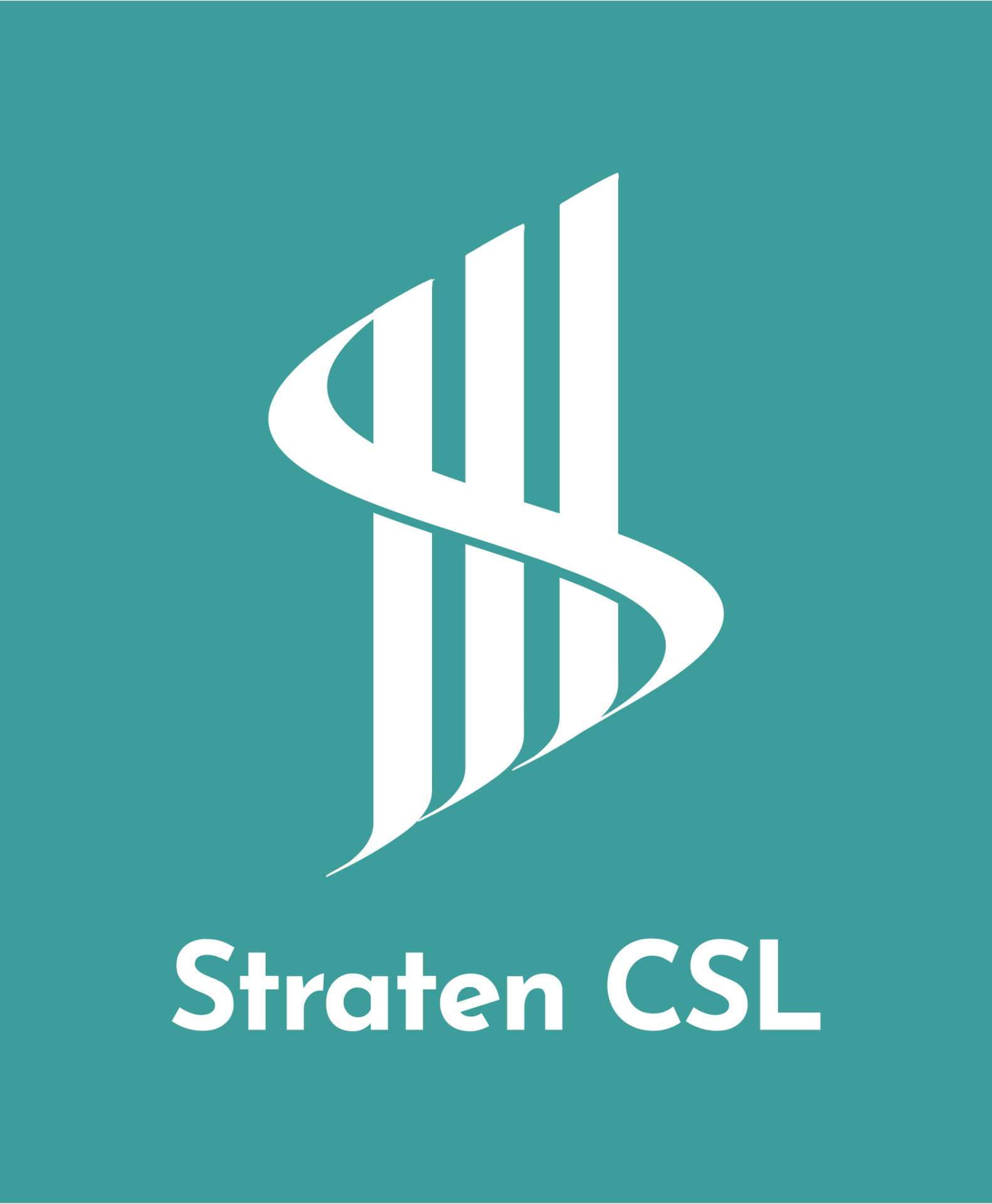One factor that plays a crucial role in ensuring their well-being is glint and glare studies.
In this blog, we will delve into the importance of these studies in the aviation industry. We will begin by understanding what glint and glare are and how they are generated.
Then, we will explore the effects of glint and glare on pilots and air traffic controllers, highlighting the potential risks involved.
Additionally, we will discuss the measures that can be taken to mitigate glint and glare in aviation, ensuring the safety of all professionals involved. Finally, we will touch upon the impact of glint and glare on other industries, such as road traffic, and how these studies benefit various sectors. Join us as we unravel the significance of glint and glare studies in aviation and beyond.
Understanding Glint and Glare Studies
Glint and glare studies evaluate the effects of sunlight reflecting off surfaces on aviation operations. Glint occurs when sunlight directly reflects off a surface, temporarily blinding pilots. Glare, on the other hand, is a sustained bright light that can reduce visibility and distract pilots. These studies help identify problem areas and develop strategies to ensure safe flight operations. Factors such as building orientation, window placement, and materials used can contribute to glint and glare issues near airports. Proper planning and design can minimize these effects, ensuring the safety of pilots and passengers.
Defining Glint and Glare
Glint refers to the reflection of sunlight off shiny surfaces like glass or metal, while glare occurs when direct sunlight or bright lights obstruct vision. Glint and glare studies help identify potential hazards for pilots, evaluating intensity, duration, and frequency of events. Understanding and mitigating glint and glare can greatly improve aviation safety.
The Mechanism of Glint and Glare Generation
The generation of glint and glare is the result of sunlight or artificial light reflecting off shiny surfaces. The angle of incidence and the type of surface material are key factors in determining the occurrence of glint and glare. Glint manifests as a brief flash of light, while glare is a sustained and intense source of illumination. Pilots face reduced visibility and safety risks during takeoff, landing, and taxiing due to glint and glare. The study of glint and glare helps identify potential hazards and develop strategies for safer aviation operations.
Glint and Glare in Aviation Industry
Glint and glare studies play a crucial role in the aviation industry. They help assess the potential impact of sunlight reflections on pilots and air traffic control, as solar glint and glare can cause temporary blindness and hinder visual perception. By identifying areas of concern, such as reflective surfaces on buildings or wind turbines near airports, mitigation measures like adjusting building materials or installing sunshades can be implemented to ensure safe operations and reduce the risk of accidents.
Effects of Glint and Glare on Pilots
Glint and glare in aviation can result in temporary vision impairment for pilots, endangering safety. Distracting glares caused by sunlight reflection off shiny surfaces like water or buildings can affect depth perception and visibility of aircraft instruments, making it challenging for pilots to judge altitude and distance accurately. Pilots need to be aware of glint and glare conditions during takeoff, landing, and when flying in areas with high reflective surfaces. Utilizing proper training and polarized sunglasses can help pilots mitigate the effects in the aviation industry.
Impact on Air Traffic Controllers
Glint and glare can cause visual distractions for air traffic controllers, impacting their ability to monitor and control aircraft. Proper glint and glare studies are crucial in designing airports and control towers to minimize visibility issues. Effective mitigation measures, like anti-glare coatings and proper window positioning, can help reduce the impact. Training programs should educate controllers on recognizing and managing glint and glare situations. Continuous monitoring and evaluation ensure safe and efficient air traffic control operations.
Mitigating Glint and Glare in Aviation
Glint and glare in aviation can cause distractions and visibility issues for pilots, potentially leading to accidents. Glint and glare studies help identify areas and conditions where these issues may be present. Mitigation measures like using non-reflective materials or adjusting lighting can reduce glint and glare. These studies are crucial for ensuring aviation safety, especially near airports or helipads. Regular monitoring and updates maintain safe flying conditions.
Protective Measures for Aviation Professionals
Aviation professionals can take protective measures to reduce the effects of glint and solar glare. Wearing polarized sunglasses is recommended. Proper training and education are essential for recognizing and mitigating glint and glare risks. Implementing effective lighting design and shading techniques can minimize glint and glare in airports and aircraft. Regular maintenance and cleaning of windows and windshields also help reduce the impact of glint and glare.
Glint and Glare Impact on Other Industries
Glint and glare studies not only play a crucial role in aviation for safety purposes, but they also have a significant impact on other industries such as solar energy and architecture. By understanding the effects of glint and glare, developers and designers can implement appropriate measures to mitigate potential issues related to solar panels. Collaboration between different industries and experts is essential to effectively address the challenges associated with glint and glare.
Should Road Traffic be Considered in Glint and Glare Studies?
Including road users in glint and glare studies is crucial. Glint and glare from road traffic can impact pilots’ visibility during takeoff and landing. Additionally, road traffic contributes to light pollution near airports, intensifying glint and glare effects. Considering road users ensures a comprehensive analysis for aviation safety.
How do Glint and Glare Studies Benefit Various Industries?
Glint and glare studies, including glare assessments, bring immense benefits to various industries. They help identify potential hazards related to light reflection, ensuring safety. In aviation, these studies assess the impact on pilots’ visibility during takeoff, landing, and flight. Industries like solar energy optimize panel positioning to minimize glint and glare effects. Architecture and urban planning use these studies to design spaces that minimize discomfort caused by excessive sunlight reflection.
Conclusion
In conclusion, glint and glare studies play a crucial role in the aviation industry. They help identify and mitigate the effects of glint and glare on pilots and air traffic controllers, ensuring the safety of both crew and passengers. Additionally, these studies also have implications for other industries, such as road traffic, where glint and glare can pose risks to drivers. By understanding the mechanisms and impacts of glint and glare, various industries can take appropriate measures to minimize their effects and enhance safety. Overall, glint and glare studies serve as an important tool in promoting safety and efficiency across different sectors.
Straten CSL can conduct feasibility studies, prior to final design, on developments where Solar farms are being utilised. We use industry standard software and follow applicable FAA and UK CAA guidance. Where an impact is identified on sensitive receptors, we provide mitigation and assist developers engage with stakeholders to ensure a smooth planning application process.

